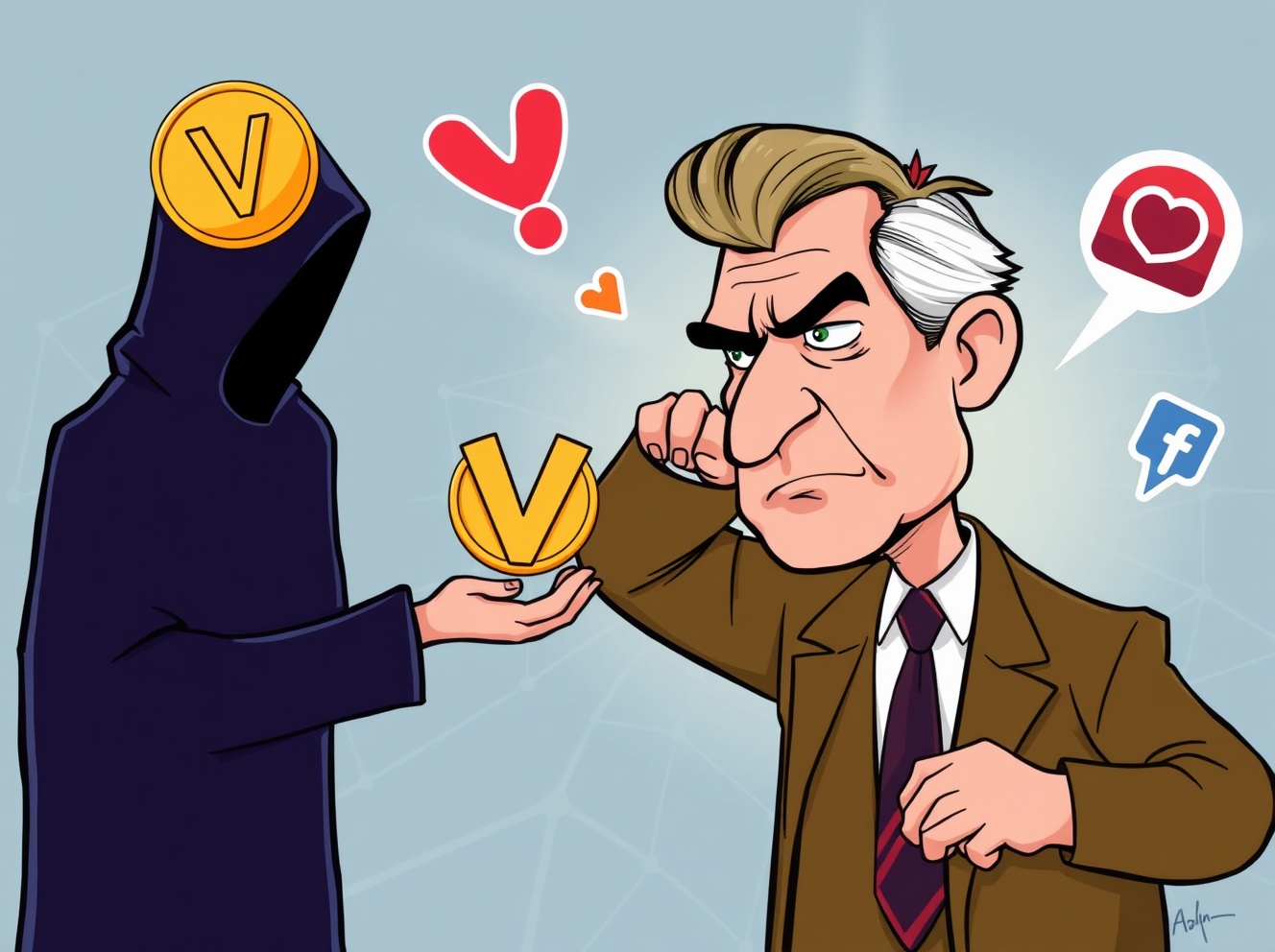Japan’s central bank chose to maintain its benchmark interest rate at 0.5% on Thursday, marking the first policy meeting since Sanae Takaichi became prime minister earlier in October.
The decision came despite the country experiencing inflation levels exceeding the central bank’s 2% goal for 41 consecutive months.
The Bank of Japan revealed that the vote was not unanimous, with a 7-2 split among board members. Two officials, Naoki Tamura and Hajime Takata, pushed for a quarter-point increase instead.
Financial markets showed limited response to the announcement, which had been widely anticipated. Japanese government bonds with 10-year terms saw almost no change in their yields.
Krishna Bhimavarapu, who works as an APAC economist at State Street Investment Management, wrote in a statement following the announcement that chances have grown for a rate increase during one of the next two policy meetings. This would happen after officials get a better read on worldwide trade uncertainties.
“Nonetheless, the Bank is still likely to move only gradually in the next year as well,” she added as quoted by CNBC.
The timing of this decision holds particular significance given recent diplomatic exchanges. On Monday, US Treasury Secretary Scott Bessent held talks with Satsuki Katayama, who serves as finance minister in Takaichi’s government. Bessent appeared to criticize Tokyo regarding the yen’s declining value and made observations about Japan’s monetary approach.
A statement released by the US Treasury Department on Tuesday said Bessent “highlighted the important role of sound monetary policy formulation and communication in anchoring inflation expectations and preventing excess exchange rate volatility.”
Typically, raising interest rates makes a currency stronger by attracting money from other countries, while cutting rates has the opposite effect.
Currency weakness persists
The yen’s decline of more than 3% against the dollar this month makes it the worst performer among G-10 currencies. Markets are factoring in Takaichi’s preference for easy monetary policy and increased government spending.
With the yen still considered undervalued and domestic price increases running high, the possibility of a rate hike in the near future remains. Growth strategy minister Minoru Kiuchi recently stated he will continue watching how the weak yen affects the economy. As reported by Cryptopolitan, Bank of Japan Governor Kazuo Ueda indicated earlier this month that the central bank will keep normalizing policy if confidence in meeting its economic projections grows stronger.
Trump administration raises currency concerns
The falling yen has become a source of friction with US President Donald Trump. In March, Trump claimed Tokyo had deliberately weakened its currency to gain unfair advantages in trade.
Trump has met with Takaichi, who previously supported keeping interest rates low and once described the Bank of Japan’s rate increases as “stupid.”
Though Takaichi seems to have moderated her position, efforts to make the yen stronger clash with her proposals for large-scale government spending and relaxed monetary conditions.
“What’s most important is for the BOJ and government to coordinate policy and communicate closely,” Takaichi said on Oct. 21, according to Reuters.
Observers view Takaichi as a supporter of “Abenomics,” the economic approach used by the late Shinzo Abe that combined easy monetary policy, government spending, and structural changes.
On Wednesday, Bessent posted on X that “the government’s willingness to allow the Bank of Japan policy space will be key to anchoring inflation expectations.”
Katayama stated in March that the yen’s actual value should probably be around 120-130 against the dollar, roughly 26% higher than current levels near 152.
According to specialists, Takaichi’s policies will likely push the yen’s value down. This has already occurred through what traders call the “Takaichi trade,” which drove the Nikkei 225 to record heights while the yen weakened past the 150 mark against the dollar.
The bank’s decision also unfolds amid struggles in Japan’s export sector. The country’s exports shrank for four straight months before recovering in September, though shipments to the United States continue falling.
Investors now await Ueda’s press conference later today for hints about when the Bank of Japan might make its next move.
Want your project in front of crypto’s top minds? Feature it in our next industry report, where data meets impact.
Source: https://www.cryptopolitan.com/japans-central-bank-interest-rates-steady/



